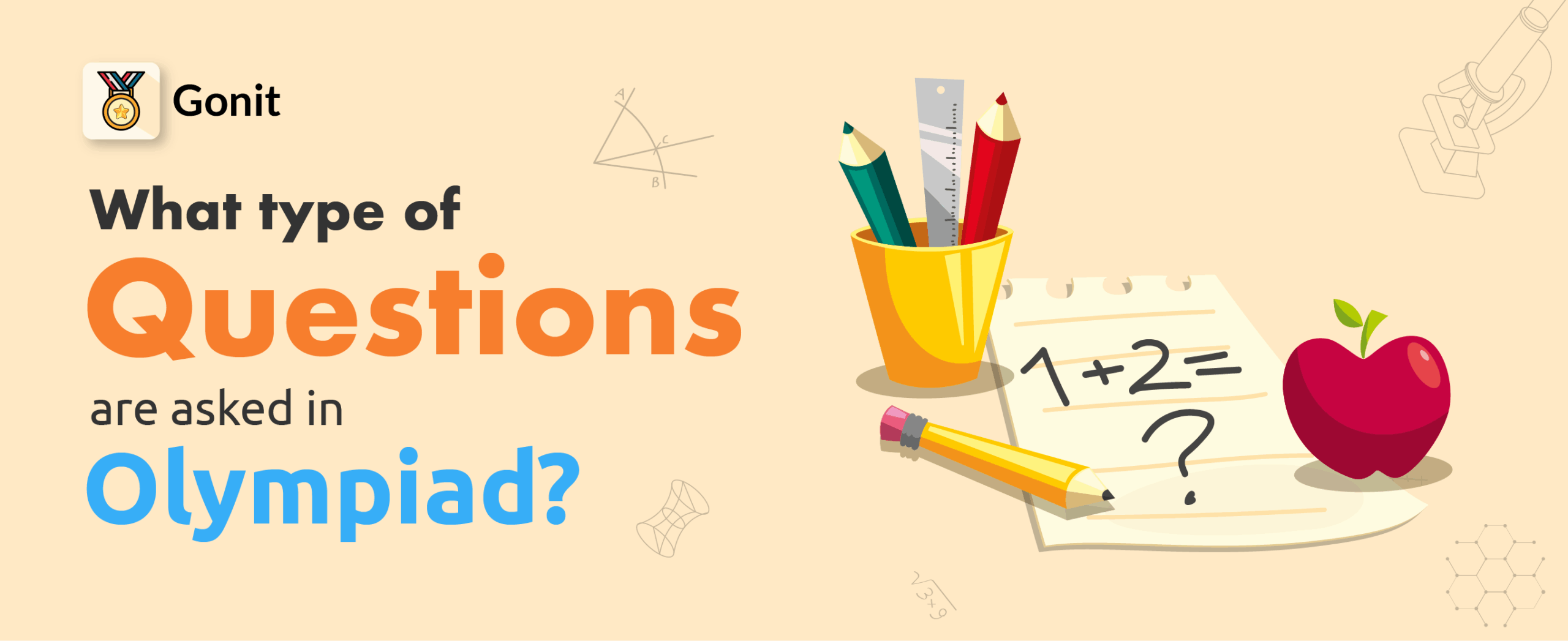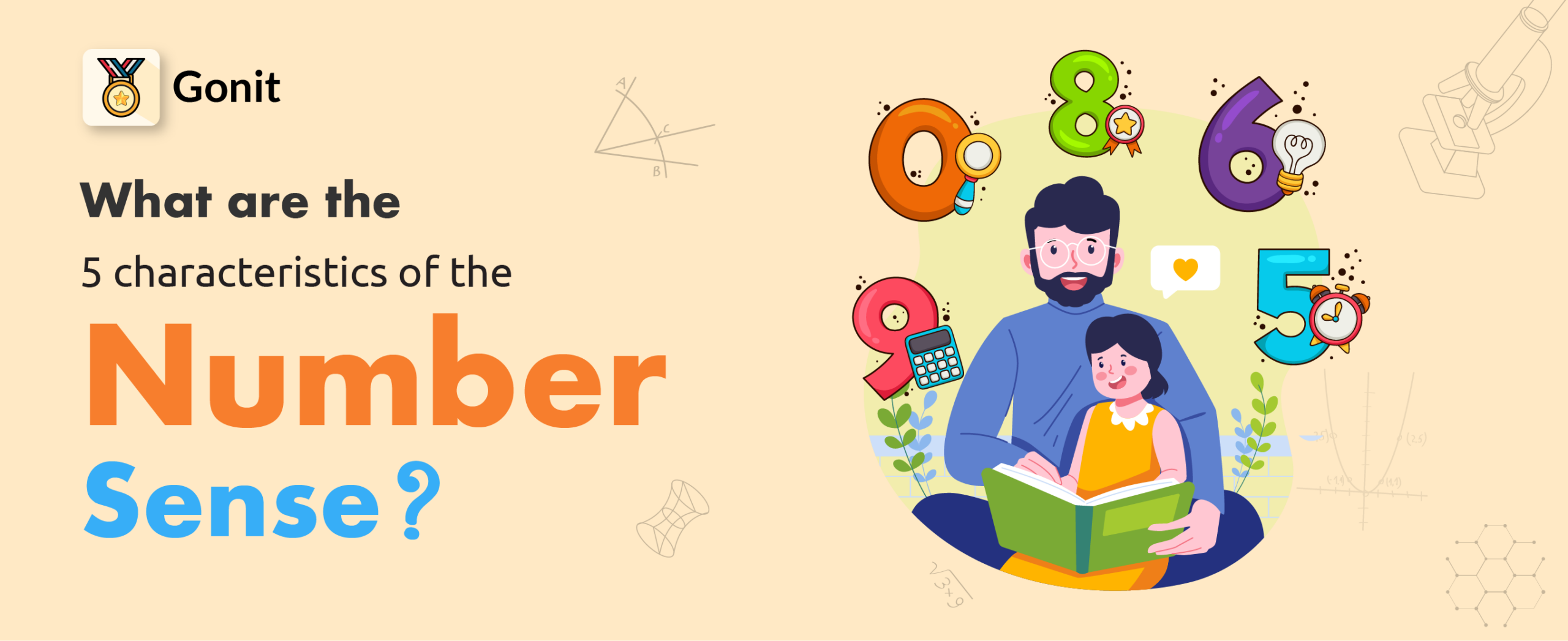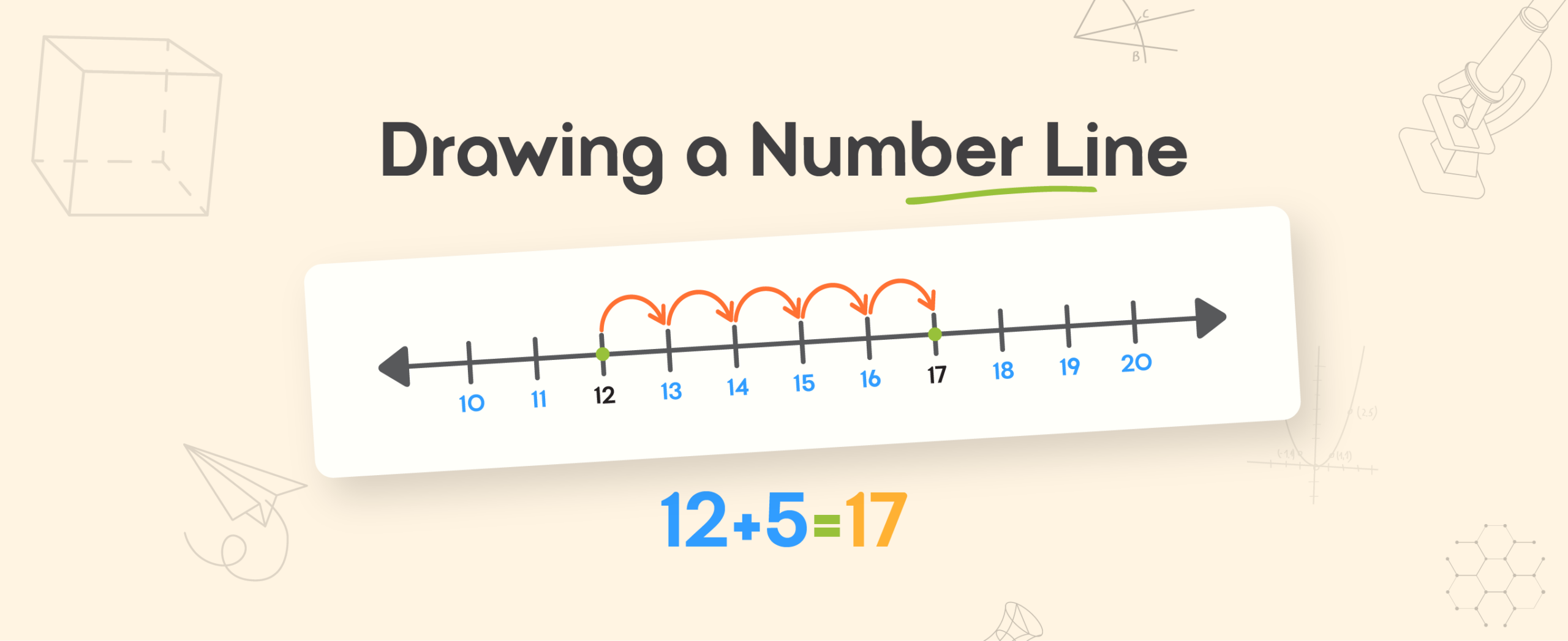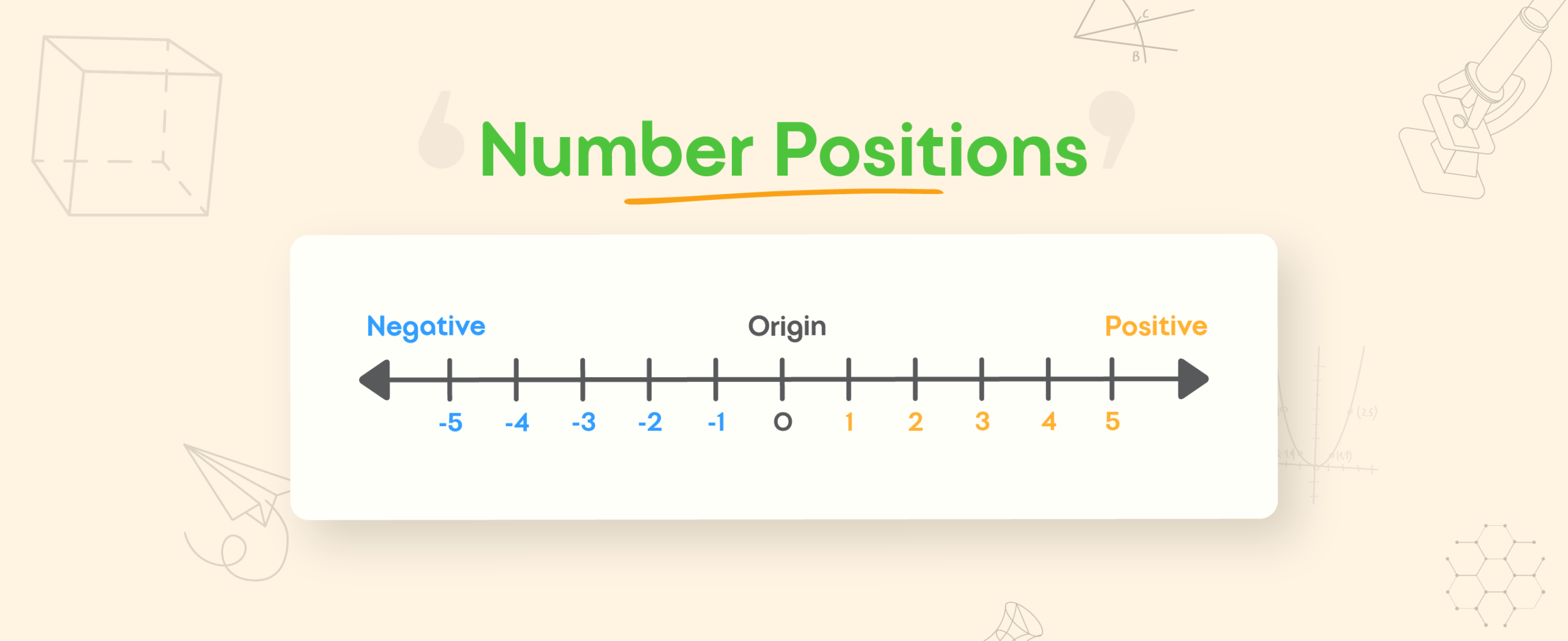Have you ever looked at a math problem and thought, “Wow, this is actually fun!” If that sounds like you, then the Math Olympiad might be your next big adventure.
Math Olympiads invite you to think differently. They challenge you to explore, to question, and to find patterns that no one told you existed.
It’s not about how many formulas you can remember; it’s about how creatively you can use logic to solve a problem.
Types of Questions and Exam Format in Math Olympiads
When you enter a Math Olympiad, you’re not just taking another math test; you’re stepping into a world of puzzles, logic, and creativity.
The questions are designed to test how you think, not just what you’ve memorized.
From quick problem-solving to deep, step-by-step reasoning, Olympiads include a mix of question types that challenge every part of your mathematical mind.
Here’s a clear breakdown of the main types of questions you’ll face and what to expect in the exam format

1. Proof-based Problems (Subjective Questions)
These are the heart of advanced Math Olympiads like the International Mathematical Olympiad (IMO) and Indian National Mathematical Olympiad (INMO).
Instead of just finding an answer, you have to explain your reasoning step by step and build a logical proof that supports your conclusion.
These problems test your ability to think deeply, connect concepts, and communicate your reasoning clearly.
Example:
Prove that for any triangle ABC, a specific geometric or algebraic property always holds true.
2. Multiple-Choice (Objective Questions)
You’ll usually find these in the early or qualifying rounds of competitions like AMC (American Mathematics Competitions), SEAMO, or Math Kangaroo.
Each question gives you several possible answers, but only one is correct. Here, accuracy, intuition, and speed matter most. You need to spot patterns and eliminate wrong options fast.
Example:
Find the value of xxx that makes the given expression as small as possible.
3. Short Answer / Numerical Response Questions
In these problems, you only need to give the final answer a number or an expression without showing your full solution.
They’re common in regional and preliminary Olympiads, where organizers want to test your quick problem-solving skills.
It’s all about precision one small mistake in calculation can change everything!
Example:
If a+b=6 and ab=8, find a3+b3
4. Exploratory or Modeling Problems
These appear in team-based competitions like the High School Mathematical Contest in Modeling (HiMCM) or the International Mathematical Modeling Challenge (IMMC).
In this format, you’ll use math to solve real-world problems from modeling traffic flow to predicting how information spreads on social media.
These questions combine creativity, collaboration, and applied reasoning. They show how math connects to the world around you.
Example:
Model how a rumor spreads through a social network using probability or graph theory.
Math Olympiads don’t just ask for right answers; they ask for clear thinking, logical reasoning, and elegant problem-solving.
Each question type helps you grow a different part of your mathematical brain, making every competition a powerful learning experience.
See how questions align with syllabus topics.
Math Olympiad Difficulty Levels
Math Olympiads are designed to challenge students at every stage of their learning, from beginners discovering the joy of puzzles to advanced students mastering complex proofs.
Each level builds on the last, helping you grow step by step into a stronger, more confident problem solver. For full-score strategies, check how to get full marks in the Maths Olympiad
Here’s how the difficulty levels of Math Olympiads are typically structured

1. Elementary / School Level
At this stage, questions focus on basic logic, arithmetic, geometry, and pattern recognition. You’ll practice identifying simple relationships and applying fundamental concepts creatively.
Goal: Develop logical thinking, accuracy, and curiosity about problem-solving.
Example Contests:
- Math Kangaroo
- Asia-Pacific Mathematical Olympiad for Primary Schools (APMOPS)
2. Intermediate / National Level
Now the problems get a little more challenging, involving advanced algebra, deeper geometry, and combinatorics.
Students start learning to connect multiple math concepts and think beyond direct formulas.
Goal: Strengthen analytical reasoning and learn how to explain mathematical ideas clearly.
Example Contests:
- Indian National Mathematical Olympiad (INMO)
- Singapore Mathematical Olympiad (SMO)
- Bangladesh Mathematical Olympiad (BdMO)
3. Advanced / International Level
Welcome to the big leagues! These contests test proof-writing, deep mathematical insight, and multi-step logical reasoning.
You’ll need creativity, patience, and a love for challenges that push your limits.
Goal: Develop mastery in abstract thinking and problem construction, not just problem-solving.
Example Contests:
- International Mathematical Olympiad (IMO)
- Asian Pacific Mathematics Olympiad (APMO)
- European Girls’ Mathematical Olympiad (EGMO)
- Pan-African Mathematics Olympiad (PAMO)
4. University Level
The highest level of competition introduces abstract algebra, linear algebra, real and complex analysis, and topics usually studied at the university level.
Problems often require formal proofs, creative generalizations, and elegant argumentation.
Goal: Prepare for research-level problem solving and advanced mathematical reasoning.
Example Contests:
- William Lowell Putnam Mathematical Competition (USA)
- International Mathematics Competition (IMC)
- Regional University Olympiads and Math Leagues
Main Topics Covered in Math Olympiads
When you take part in an Olympiad, you’re stepping into a world where math turns into art, where geometry feels like design, and algebra becomes storytelling. Number theory is a puzzle waiting for your clever twist.
Math Olympiads are known for asking questions that make you think differently, not just calculate, instead of memorizing formulas.
You explore patterns, logic, and elegant problem-solving ideas. Most Olympiad problems come from a few main branches of mathematics, each sharpening a unique way of thinking.
Let’s look at the key areas you’ll encounter

1. Algebra — The Language of Patterns
Algebra is at the heart of almost every Math Olympiad. It’s where you work with numbers, letters, and patterns to find relationships and prove truths.
You’ll explore:
- Equations and Inequalities: Solving tricky problems and comparing quantities.
- Polynomials: Understanding powers (like x2, x3) and how their roots behave.
- Functional Equations: Finding unknown rules or functions that follow certain patterns.
- Sequences and Series: Working with lists of numbers that grow or shrink by a pattern.
Algebra tests how well you can reason symbolically and spot hidden relationships between numbers.
2. Number Theory — The Magic of Integers
If you enjoy puzzles about divisibility or prime numbers, this is your zone. Number theory focuses on the beautiful logic behind whole numbers.
You’ll see problems about:
- Divisibility and Primes: What makes a number special or divisible by another.
- Modular Arithmetic: The math of remainders is called “clock math.”
- Diophantine Equations: Finding integer solutions to challenging equations.
- Patterns in Integers: Spotting structure and symmetry in number behavior.
Number theory problems often look simple but hide deep logical twists.
3. Geometry — Shapes, Space, and Proofs
Geometry brings math to life through diagrams, angles, and visual reasoning. In Olympiads, it’s all about proving why something must be true.
You’ll work on:
- Euclidean Geometry: Triangles, circles, and polygons and their clever relationships.
- Geometric Proofs: Writing clear explanations for why properties hold.
- Transformations: Rotating, reflecting, or resizing shapes to uncover patterns.
- Coordinate & Complex Geometry: Combining algebra and geometry to solve hard problems.
Geometry rewards creativity and visualization; it’s math you can literally see.
4. Combinatorics — The Art of Counting Smartly
Combinatorics is all about counting and arranging things in clever ways. It turns everyday logic into fun problem-solving puzzles.
You’ll explore:
- Counting Problems: Figuring out how many ways to arrange or select items.
- Graph Theory: Studying points and connections (think social networks or routes).
- Pigeonhole Principle: Proving that something must happen when you run out of “spaces.”
- Invariants and Monovariants: Finding what stays the same (or changes predictably) in a process.
Combinatorics builds logical precision — one small insight can solve a giant puzzle.
5. Inequalities & Functional Relations — Comparing and Optimizing
Some Olympiad questions ask you to compare sizes or find extreme values. These problems mix algebra and logic to push your reasoning deeper.
You’ll face:
- Classical Inequalities: Famous ones like AM–GM, Cauchy–Schwarz, and Jensen’s inequality.
- Optimization: Finding the smallest or largest possible value for a condition.
- Functional Problem Solving: Using functions creatively to connect variables and simplify proofs.
These questions teach elegance using simple ideas to prove powerful results.
6. Applied & Everyday Mathematics — Math in the Real World
Not all Olympiad questions are abstract. Some connect directly to real-life reasoning.
You’ll encounter:
- Proportions and Ratios: From speed to recipes, comparing quantities accurately.
- Averages and Percentages: Using everyday data smartly.
- Practical Scenarios: Applying math to real situations: finance, measurement, or design.
These remind you that math isn’t just theory, it’s a powerful tool for understanding how the world works. Practice these question types for top scores.
How to Prepare for Math Olympiad Questions
Preparing for the Math Olympiad isn’t just about solving tough problems; it’s about learning to think like a mathematician.
You’ll need curiosity, persistence, and smart strategies that go beyond classroom math. If you want structured training, try free Math Olympiad courses online.
Whether you’re just starting or aiming for international contests like the IMO, these practical tips will help you prepare effectively

1. Master the Fundamentals
Before diving into Olympiad-level problems, make sure you truly understand the core concepts of math not just formulas. Focus on why things work, not just how.
When you grasp the logic behind algebra, geometry, and number theory, even the hardest questions start to make sense.
Pro tip: Revisit school topics, but dig deeper, explore proofs, patterns, and the reasoning behind every rule.
2. Practice with Past Olympiad Papers
The best way to prepare is to practice real Olympiad questions. Solving past papers helps you understand the exam pattern, question style, and time pressure.
You’ll start to recognize recurring ideas and creative problem structures.
Try this: Set a timer, solve one past paper every week, and review every solution, even the ones you got right. That’s where real learning happens.
3. Build Powerful Problem-Solving Strategies
Each Olympiad question type demands a different mindset:
- Use algebraic manipulation to simplify complex expressions.
- Apply geometric visualization to see hidden relationships.
- Use logical counting and pattern recognition for combinatorics problems.
Tip: Keep a personal strategy notebook where you jot down clever tricks or techniques that worked it becomes your secret weapon before competitions.
4. Train Your Creative and Lateral Thinking
Olympiad problems often don’t have a direct path to the solution. They reward creativity and flexible thinking.
Try puzzles, logic games, brainteasers, or even riddles that challenge your perspective.
These exercises strengthen your ability to connect ideas from different areas of math a key skill in contests where innovation matters as much as accuracy.
5. Use Smart Learning Tools like the Gonit App
Modern Olympiad prep doesn’t have to be overwhelming. You can make it interactive and fun! The Gonit app is a great platform for students preparing for math contests. It offers:
- Topic-wise Olympiad practice sets
- Real-time quizzes and challenges
- Step-by-step solutions with explanations
- A supportive math community for doubt-solving
Download the Gonit app to track your progress, test your skills, and build consistency all from your phone!
6. Stay Consistent and Curious
Olympiad success comes from daily effort, not last-minute study. Solve one problem every day, discuss with peers, and never stop asking “why?”. Every challenge you tackle improves your reasoning, creativity, and confidence.
To explore the next level, learn how to prepare for the Junior Math Olympiad.
Final Word
Math Olympiads aren’t just about winning medals; they’re about discovering the mathematician inside you.
With curiosity, discipline, and tools like the Gonit app to guide your preparation, you’ll not only improve your problem-solving skills but also develop a lifelong love for learning.
So, keep exploring, keep solving, and remember: in math, just like in life, the best solutions come from those who dare to think differently.






